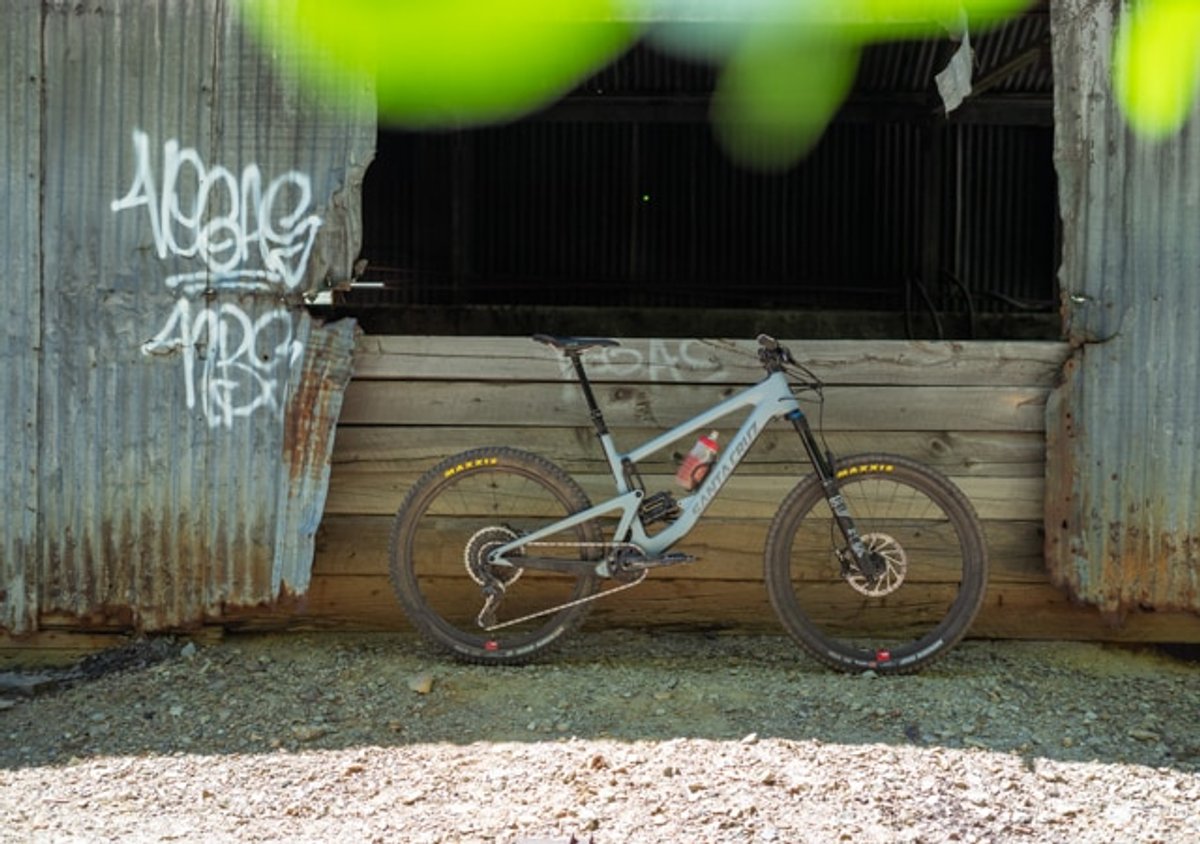
First Impressions: 2019 Santa Cruz Bronson and 5010
Since their introduction in 2013, the 5010 and the Bronson have become cornerstones of the Santa Cruz lineup. The 2019 model year has brought with it some key updates to both models that bring them up to date, which has ignited a flurry of new questions and speculation. After a thorough test ride on each model, here’s what we’ve found regarding updates to these two highly regarded trail bikes.
The Revamped Bronson

At a glance, it’s obvious that the Bronson has seen the more significant update, with a completely new chassis and suspension architecture. The move to a lower link-driven VPP suspension design, similar to the Nomad and V10, comes from a desire to endow the Bronson with the same small bump sensitivity of Santa Cruz’s longer travel platforms. The Bronson overall edges closer to the Nomad’s territory, with reach and seat tube measurements that are now the same between models, and a head tube angle that has been relaxed to within half a degree of its bigger sibling. Like the Nomad, it also gets a flip chip, allowing the rider to fine tune the head tube angle and bottom bracket height.
Among the less noticeable changes, the move to a Metric standard shock size is noteworthy, as it enables compatibility with the latest generation of RockShox rear shocks, as well as nearly any other potential upgrade option. A bigger change is the addition of fairly massive tire clearance, with both the new Bronson and 5010 making room for tires up to 2.8″ in width. We’ll touch on the specifics later, but for now, those seeking Plus compatibility from Santa Cruz now have options involving dedicated 27.5 platforms, rather than the 27 Plus/29 inch platforms. So, with some radical changes having been made, one would be correct in wondering how the new Bronson works on the trail.
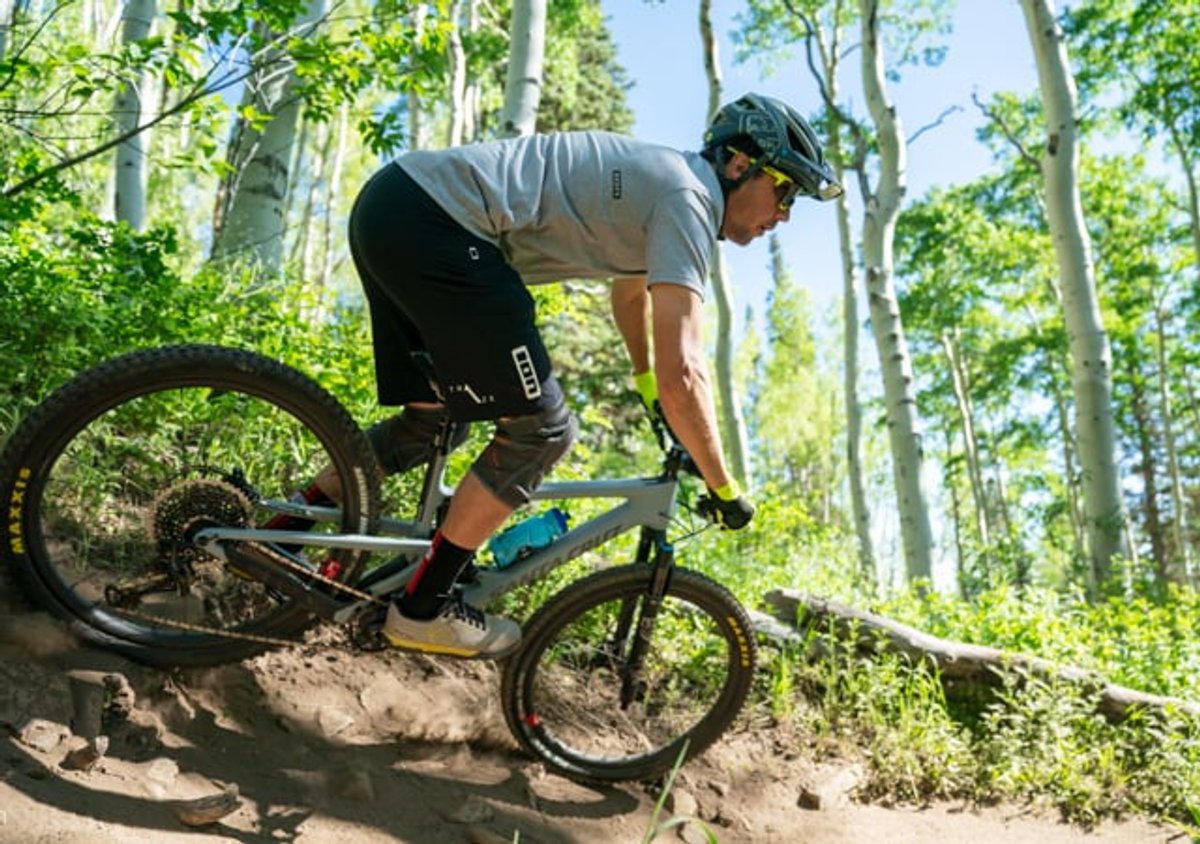
Unsurprisingly, the new Bronson is a somewhat different beast than its predecessor. Although it retains the key element of the Bronson family, namely versatility, it’s been imbued with an impressive degree of small bump sensitivity that must be ridden to be fully appreciated. When combined with the extra room up front and the relaxed steering geometry, it should be no surprise that it’s far more composed in rough terrain. And thanks to the steeper seat tube angle, it’s a decisively better climber as well. Riders who already felt that the previous Bronson was too much will find the new 5010 a better fit. Those wishing that the previous Bronson had a bit more left to give will find the new version to be a revelation.
This is all good and well, until you consider the obvious next question– Bronson or Nomad? After all, the aggressive geometry, identical fit, and similar suspension layout mean that, at least on paper, there’s hardly anything separating these two immensely capable machines.
Unlike the Nomad, the Bronson will not fit a coil shock, which will simplify the decision for some riders. And although both bikes enjoy excellent small bump sensitivity and bottoming resistance, the Nomad is much more progressive than the Bronson. Aggressive riders who seek out the biggest hits and are looking for a setup that feels bottomless when things go wrong will prefer the Nomad in this regard. However, if you place small bump sensitivity at the top of your priority list, the Bronson’s ability to erase small to medium size chatter outshines even the impressive Nomad. And the Bronson is more than capable of handling big drops and bike park jumps, especially after tuning bottoming resistance with volume reducers in the rear shock. For riders on the fence, I strongly suspect that the Bronson will be the better choice.
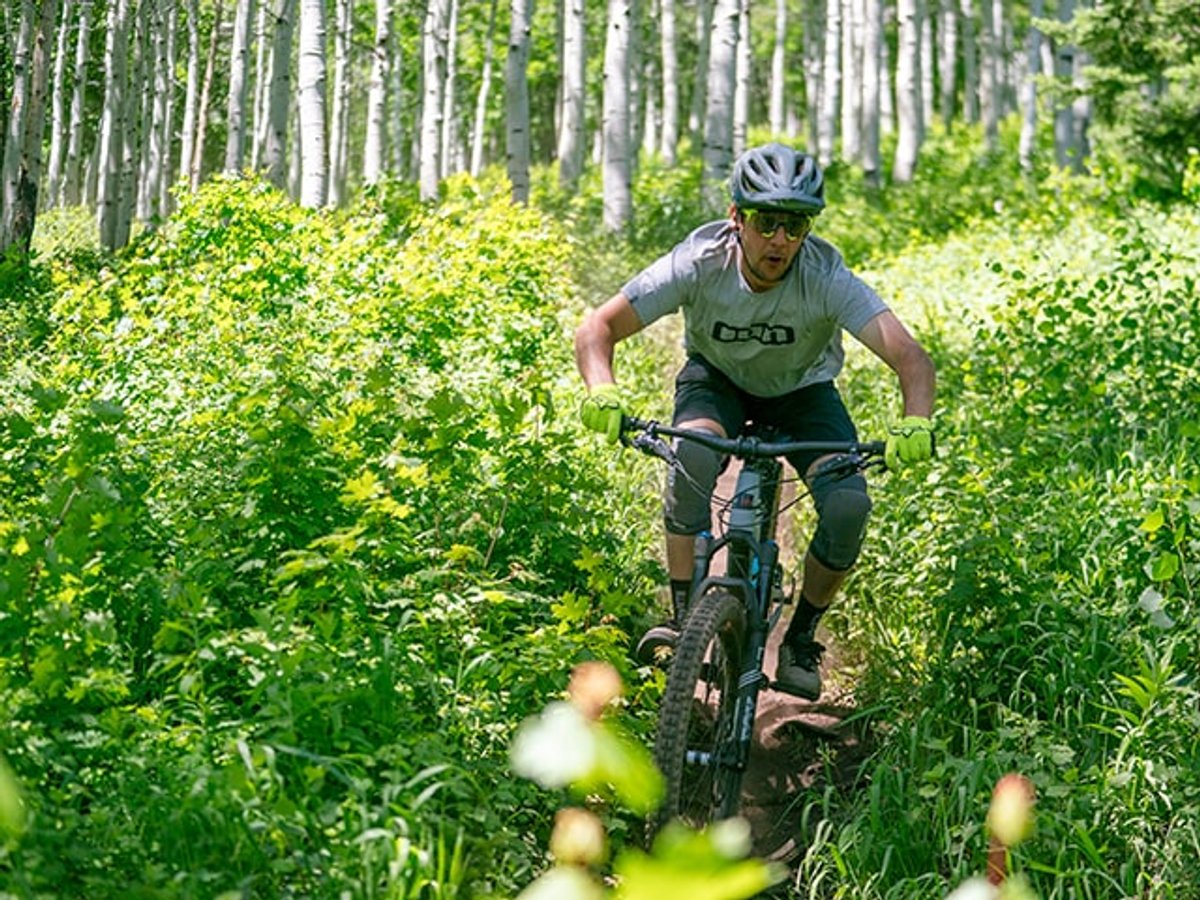
It’s worth noting that like the Nomad, the Bronson is very sensitive to changes in spring rate. At 30% sag, it feels like a bulldozer, absolutely flattening rough sections and feeling extremely planted. At 25% sag, it’s far more peppy and energetic. Like the Nomad, I expect that some riders will initially find the Bronson makes certain trails “boring” by virtue of its ability to erase trail features. So, before you write it off as “too much bike”, try running a bit less sag, as it changes the Bronson’s personality, allowing the rider to experience the full range of its impressive versatility.
See More About the New Bronson
The Refined 5010
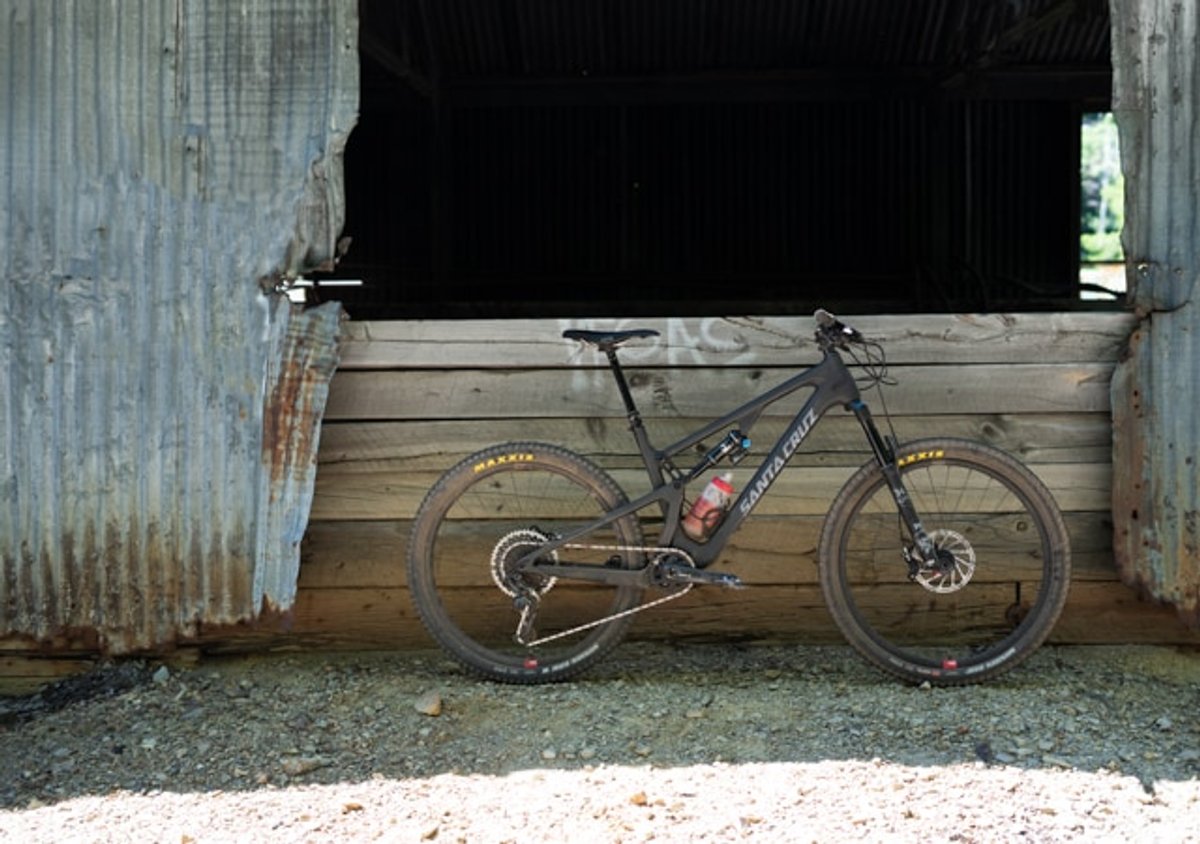
As compared to the Bronson, the new 5010’s changes appear to be much more minor, with a chassis that is visually nearly identical to the previous model. For the 5010, Santa Cruz has stuck with the upper link-driven VPP design. This move which was driven by this bike’s intended use, as Santa Cruz has indicated that this layout works better in a shorter travel package. It’s also been given a flip chip to adjust the head angle and bottom bracket height. For riders familiar with the previous 5010, the suspension feel is very similar, and although the new bike is allegedly more progressive at the end of the stroke, in practice, it feels essentially the same, which is a very good thing.
There are two immediately noticeable improvements as compared to the previous 5010. First, it gets longer reach measurements, a steeper seat tube angle, and shorter seat tube lengths per size, bringing its sizing and fit into line with the Bronson and Nomad. The extra room up front is a welcome change, as is the improved climbing position afforded by the steeper seat tube angle. It’s not as stretched out as some other bikes in its class, and while certain riders may prefer a roomier fit, the upshot is that the new 5010 still feels like a Santa Cruz when you get in the saddle.
The second major improvement is the slightly relaxed head tube angle, at 66.5 degrees in the High geometry setting, as compared to the previous 67 degree head tube angle. Half a degree isn’t a lot, but the difference is certainly perceivable on the trail.
As compared to the previous version, the new 5010 has simply been honed and polished, rather than completely revamped. For a machine that can trace its lineage directly back to the Blur TRc, and the pivotal Blur 4x before it, that fact should be seen as a virtue. The combination of the subtly relaxed geometry and longer front end helps the new model feel just a bit calmer when flicking it into corners at speed, without making the steering feel slow or giving it a floppy sensation at the handlebars. Indeed, it maintains the lively demeanor that has endeared every generation of its predecessors to everyone from new riders to seasoned pros. The real difference is that the new version is just a bit easier to ride fast.
Part of the 5010’s enduring appeal is that it isn’t a bike that does all of the work for you. As ever, it can be kept on a line with a light touch and it’s an eager climber, but it really comes to life as the rider gives it more input, whether it’s an alternate entry into a tricky corner, or aiming for that bonus side hit. The immediacy of its handling would make it a sound choice as a part-time XC racer, where it would inspire confidence in a pack while heading into the first corner and make short work of the descents, without penalizing the rider for choosing it over a dedicated XC race bike. It’s also a steed that skilled bike handlers will enjoy pushing to the limit, so expect to see Santa Cruz’s team riders getting up to their usual antics and treating their 5010s as dedicated play bikes. And the beautiful part is that it will fulfill both roles essentially without compromise.
Wheels and Tires
As mentioned before, both the 5010 and the Bronson have been granted much bigger tire clearance, with both models making room for tires up to 2.8 inches wide. Accordingly, Santa Cruz offers two-wheel and tire packages, and it’s worth discussing them further. The smaller 2.4 inch tire option rolls on 30mm wide rims for a setup that offers tire stability and extra volume in a more classic package. Santa Cruz also offers a “Plus” wheel option, but it’s somewhat different than the Plus options you’re used to seeing.
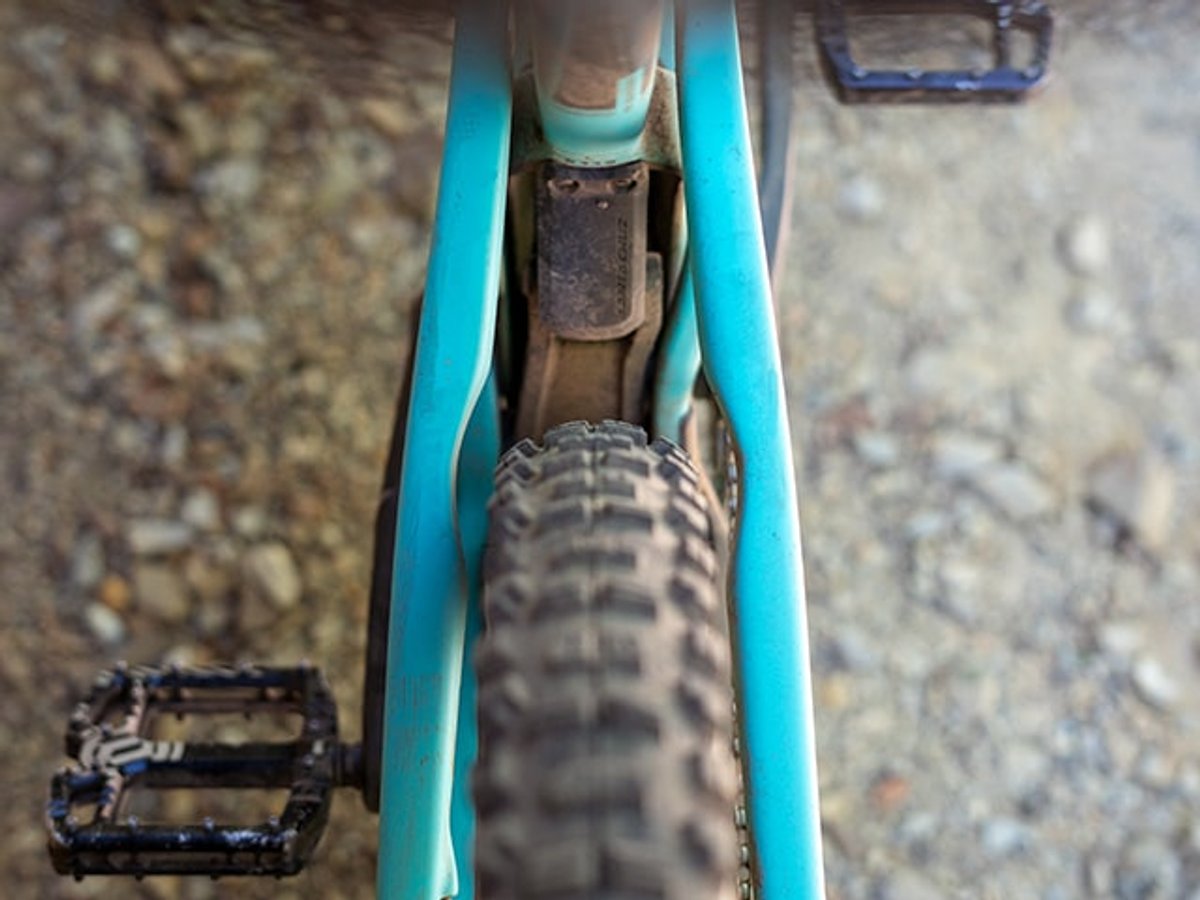
On these models, the Plus option ships with 2.6 inch wide tires on a rim that’s 37mm wide. Where most Plus configurations feature tires in the 2.8-3.0 range, with rims measuring 40mm or wider, this setup offers the wider tire footprint and enhanced straight line traction without the drawbacks that have made Plus tires a contentious issue for many riders (myself included). And although the cynics among us may point out that there’s very little difference between 2.4 inches and 2.6 inches, the reality is that a 2.4 inch Maxxis WT tire casing is much smaller, with much lower total air volume than a 2.6 inch Maxxis casing.
Although those of us who are extremely hard on tires will probably prefer the more traditional option, the reality is that this approach is gaining steam because it flat out works better than the previous generation of Plus. The upshot is that for riders whose riding skews technical rather than fast, or who typically ride in dusty, rocky conditions, you can finally enjoy the benefits of Plus, namely the supple ride and immense traction, with far fewer of the downsides, namely tire roll in corners, massive weight penalties, and fragile tire casings.
In Conclusion
In redesigning two of its most popular models, Santa Cruz has brought the Bronson and 5010 up to date, without diluting the essence of either model. The 5010’s tried and true formula has been arguably perfected, making it ideally suited to riders seeking a nimble, quick handling trail steed that will gladly indulge their wilder impulses. The Bronson, by contrast, carves out a new niche for itself at the more aggressive end of the trail bike spectrum, and in doing so, has grown into the role that it was born to fill. The upshot is that the choice between these two rival siblings is now clearer than it’s ever been, with both options being focused in their intentions and very well suited to the demands of life on the trail.